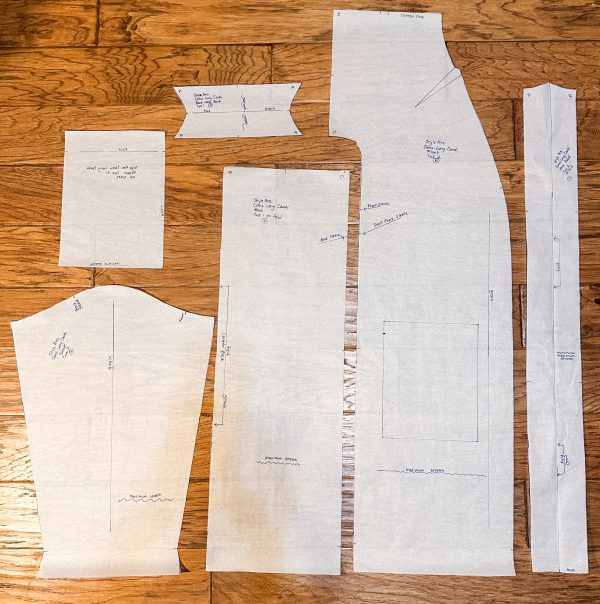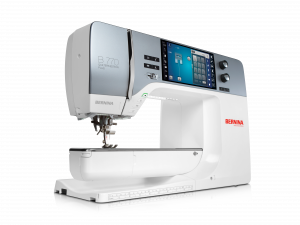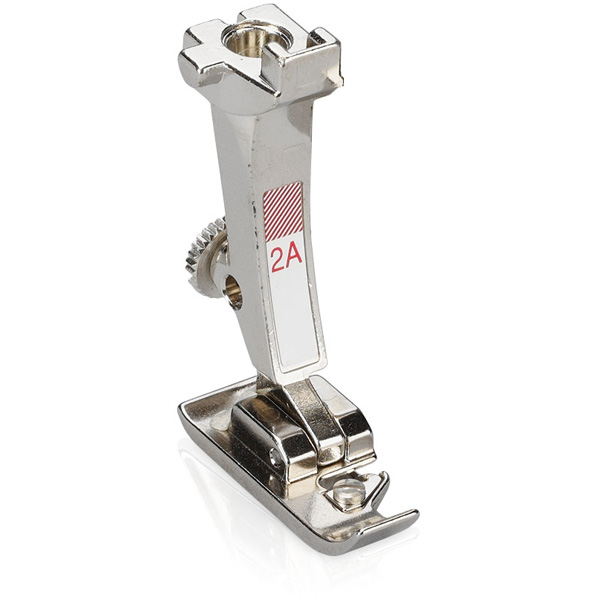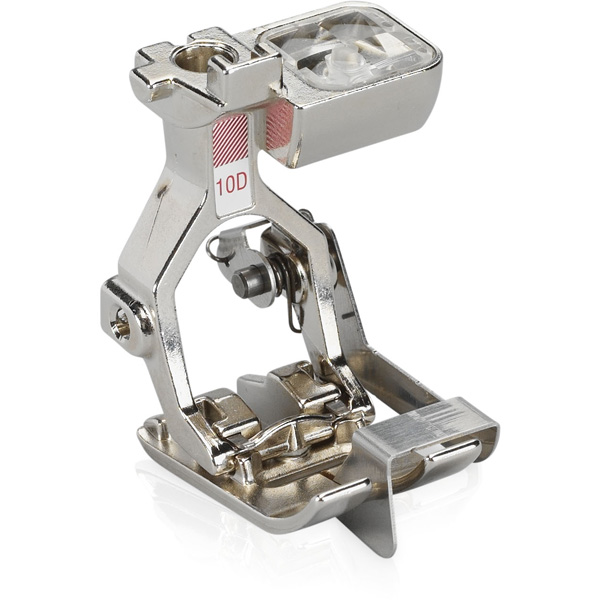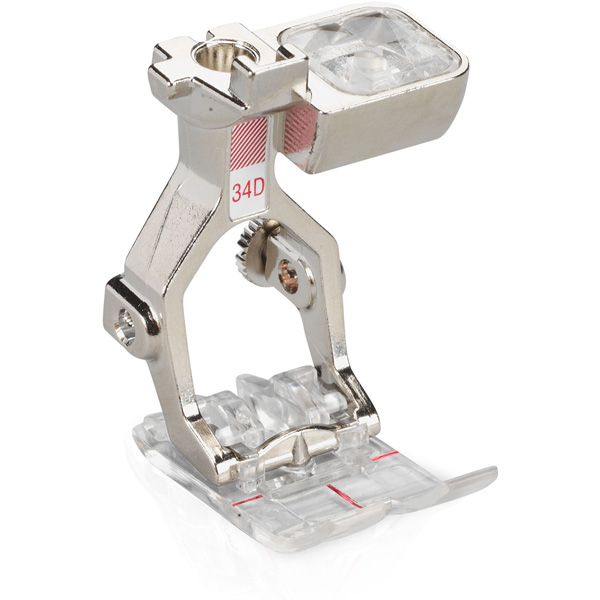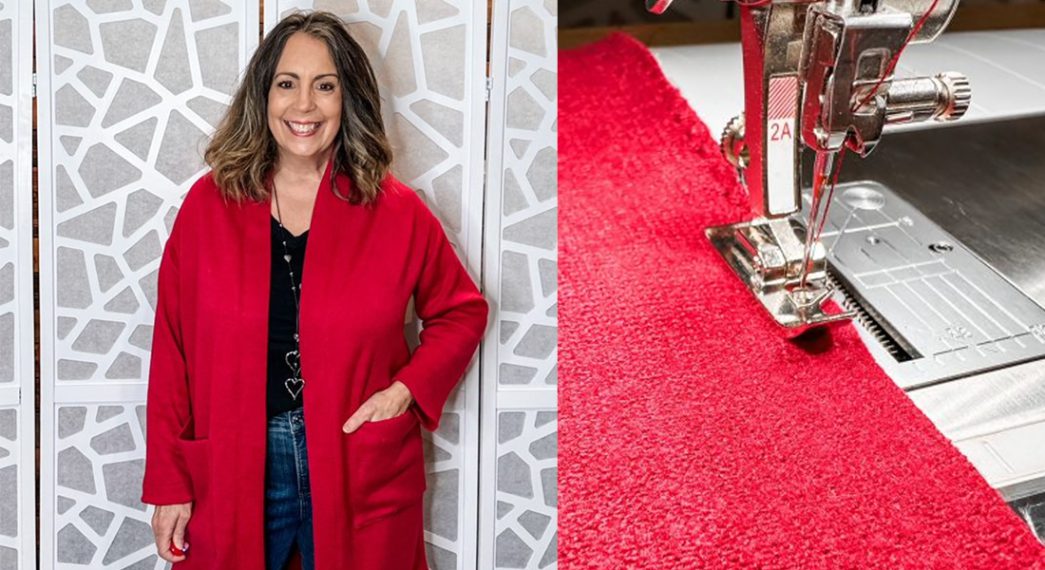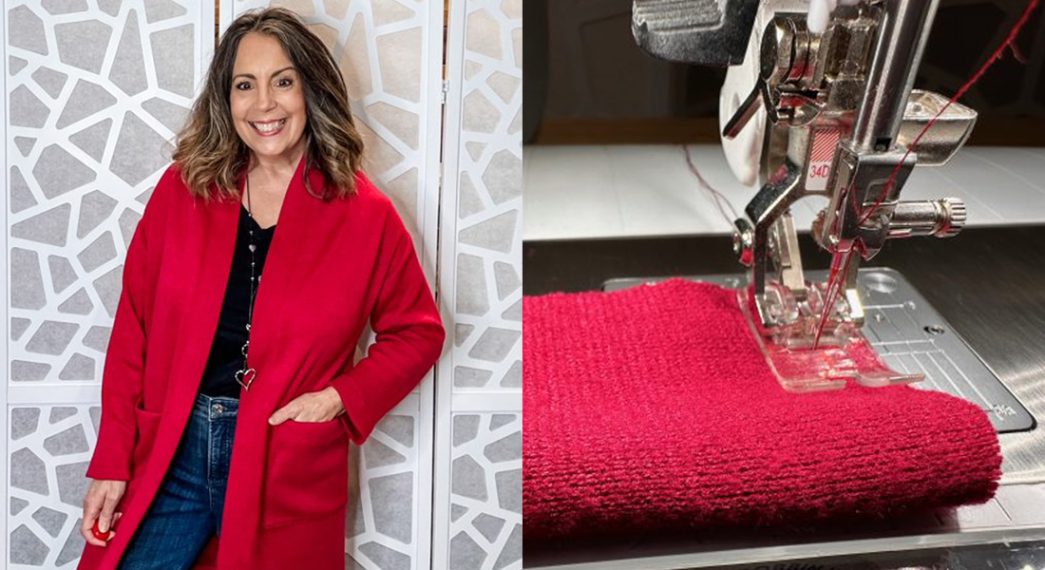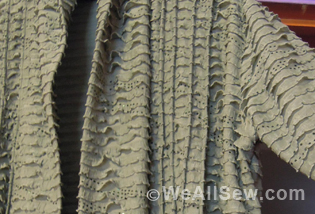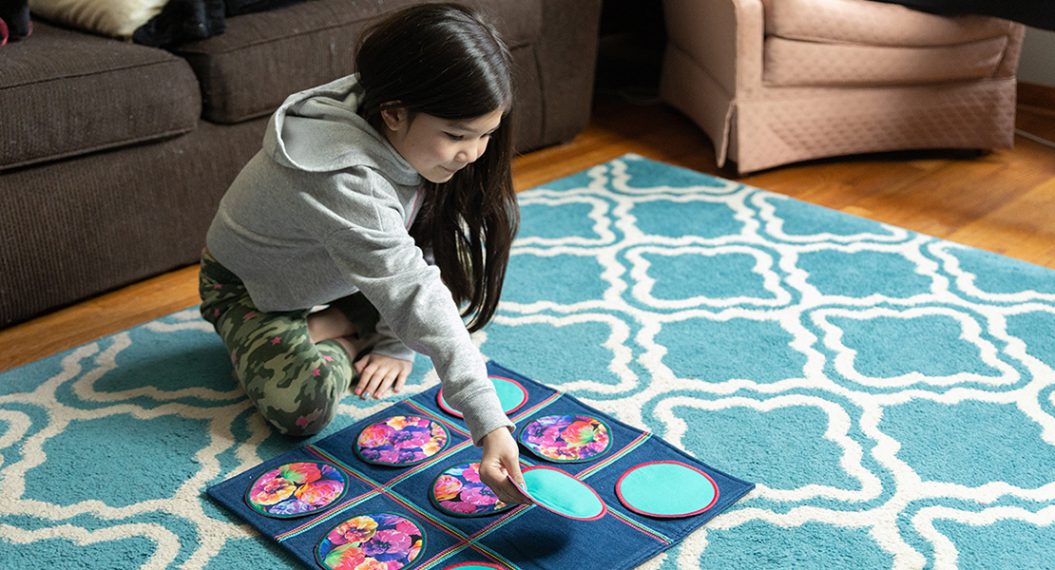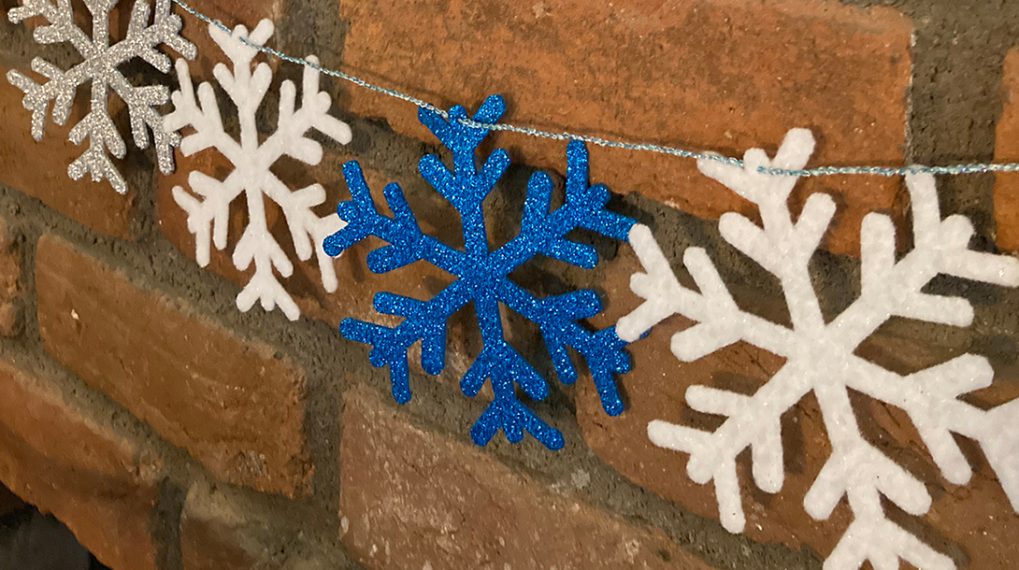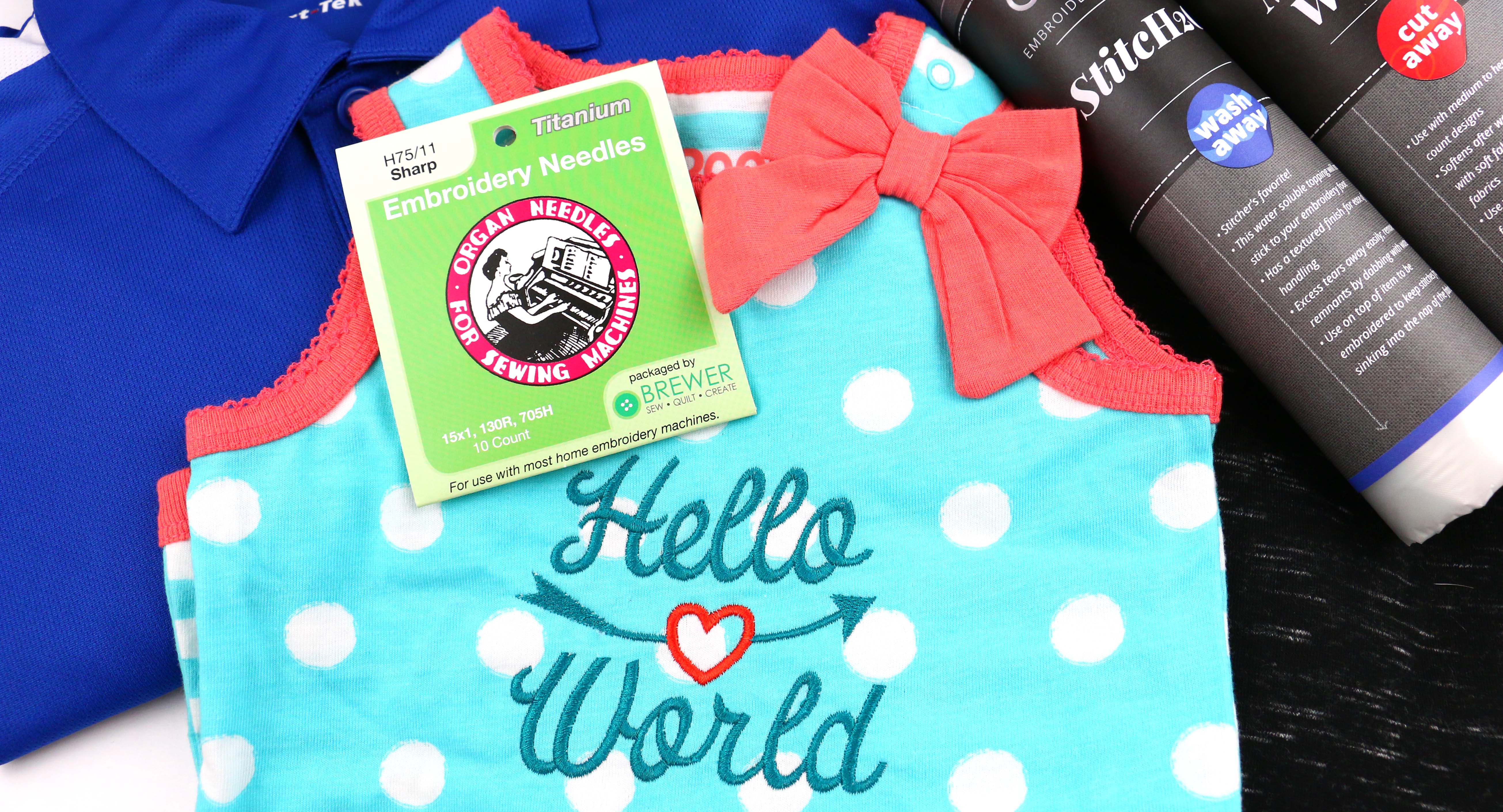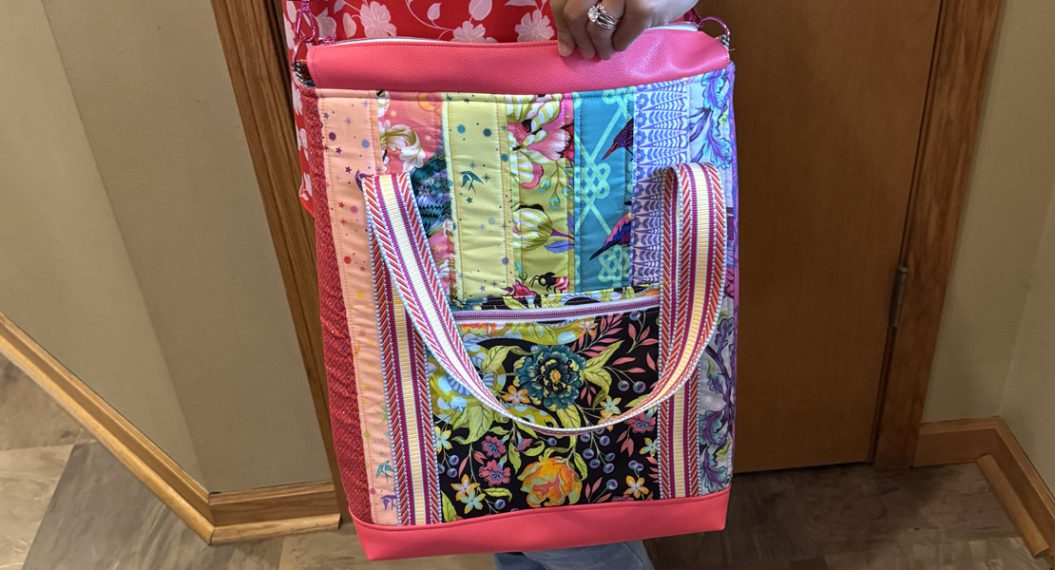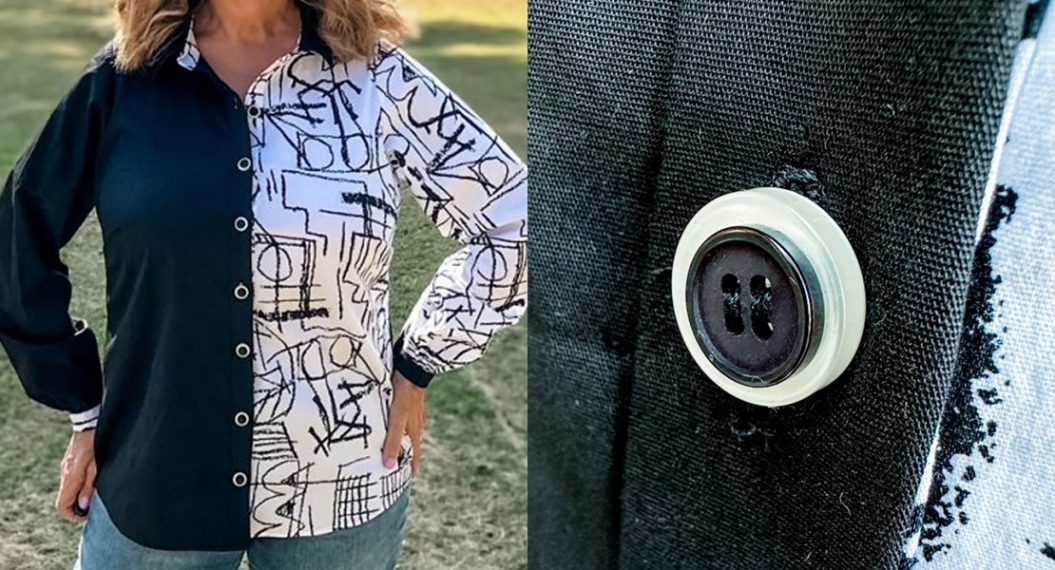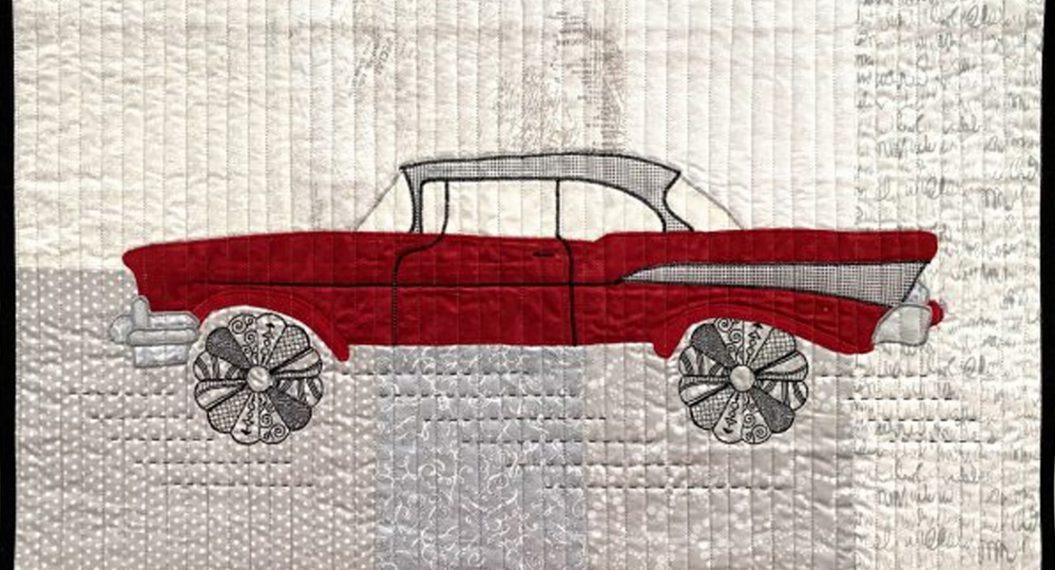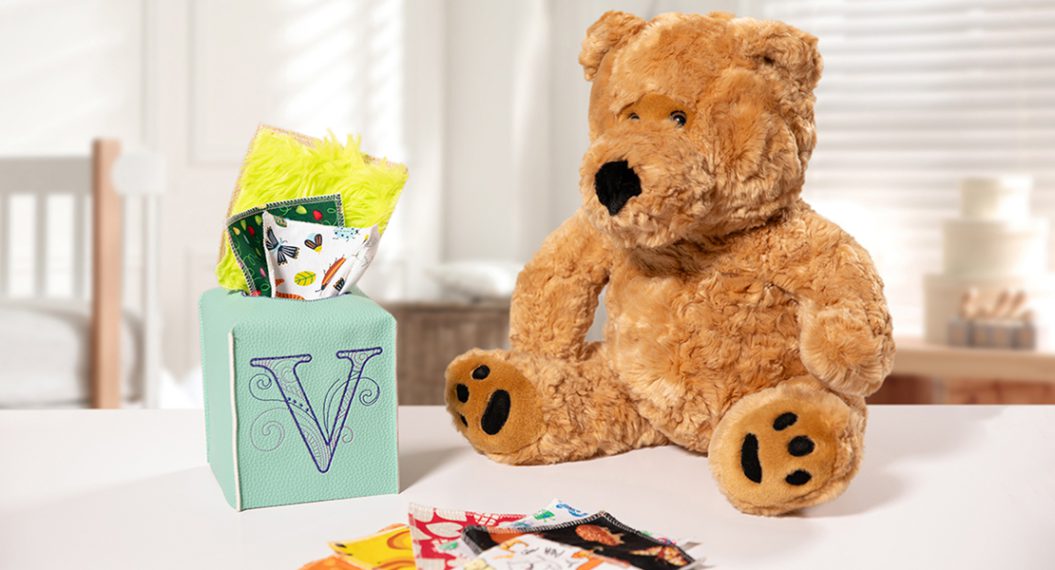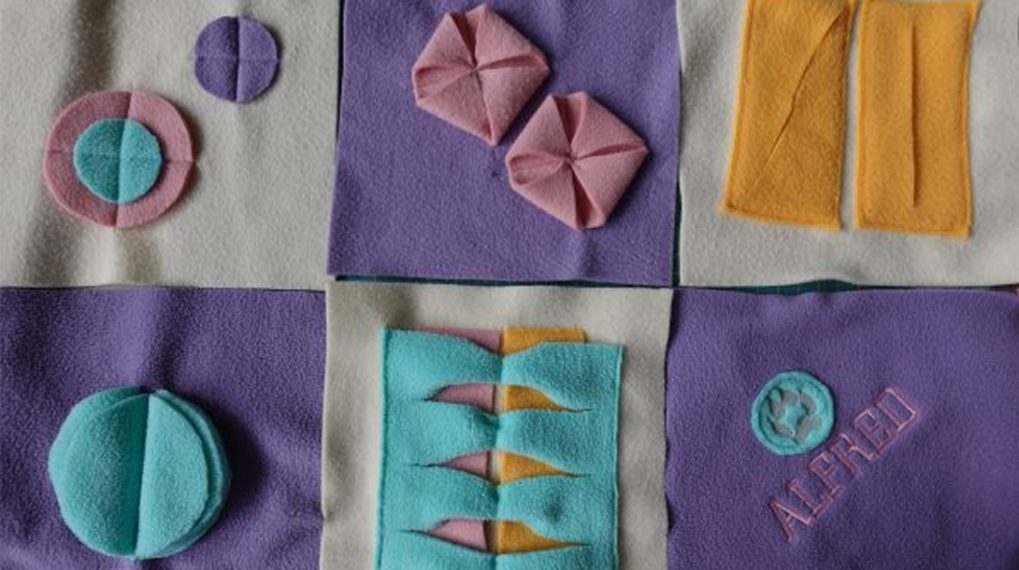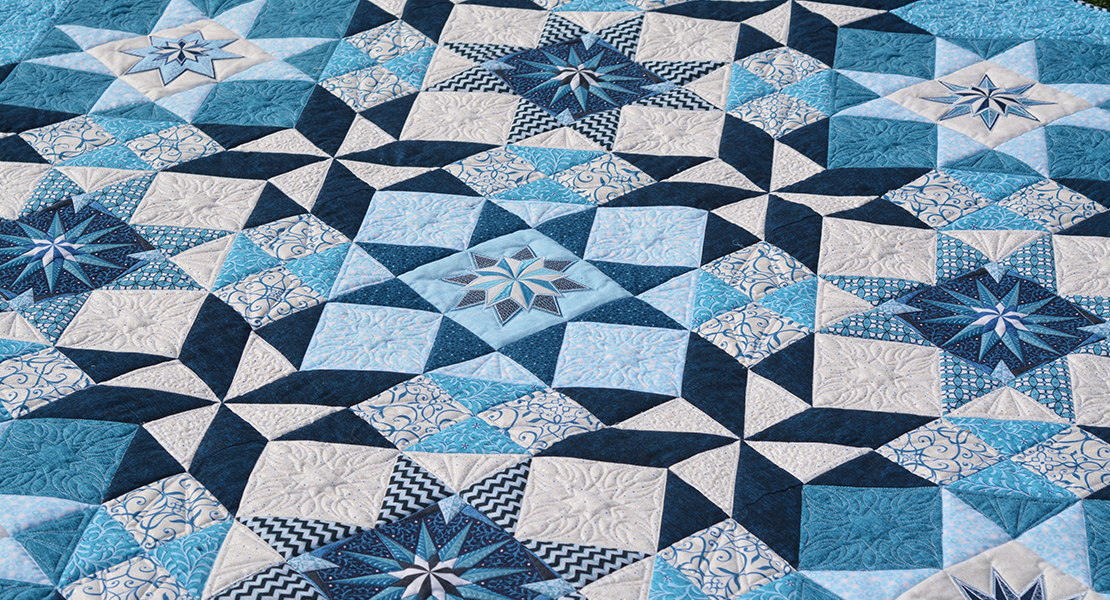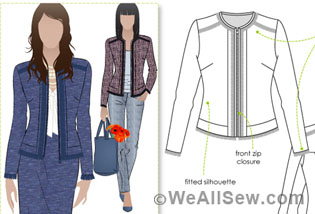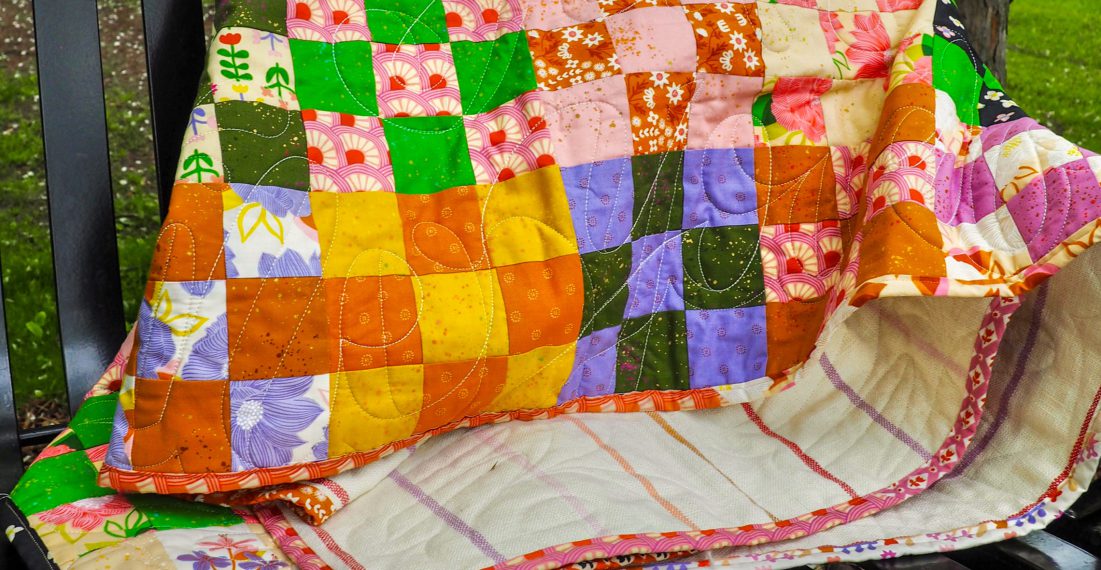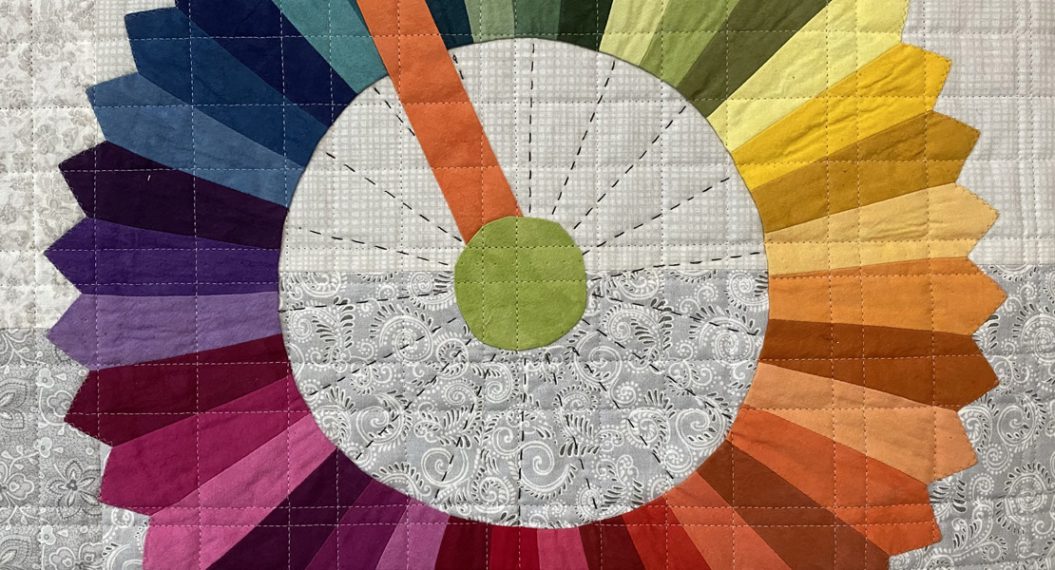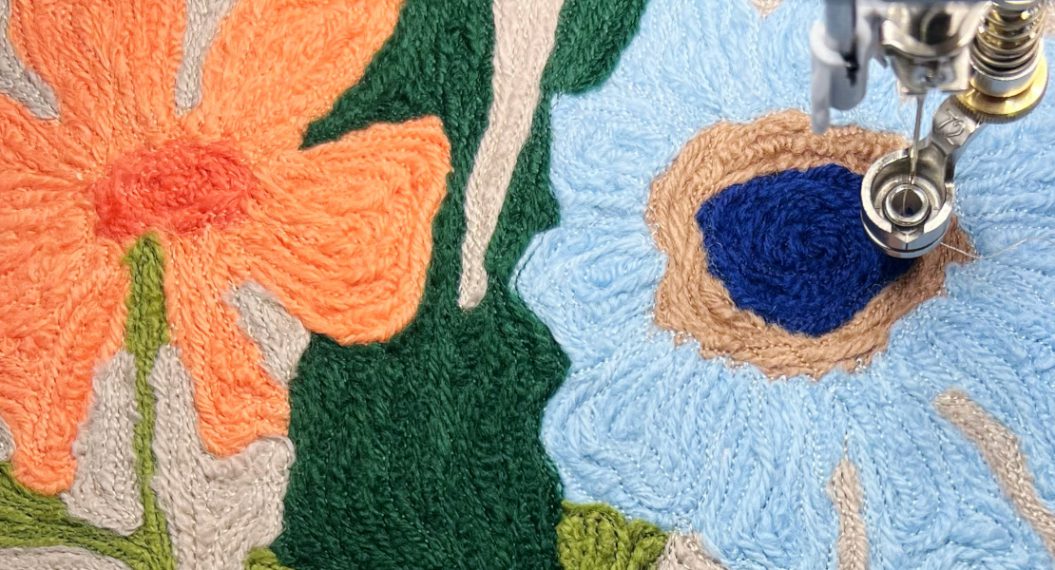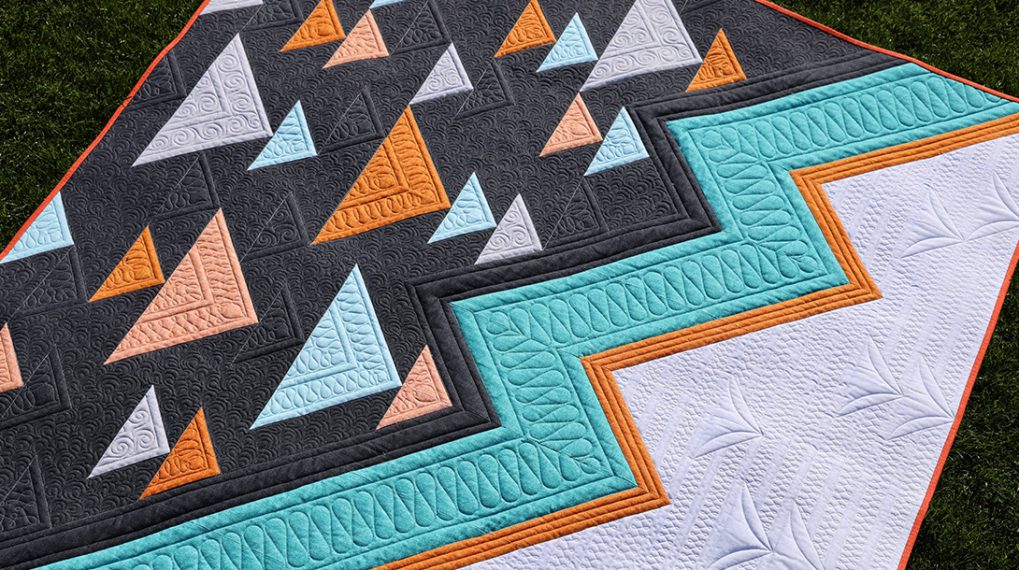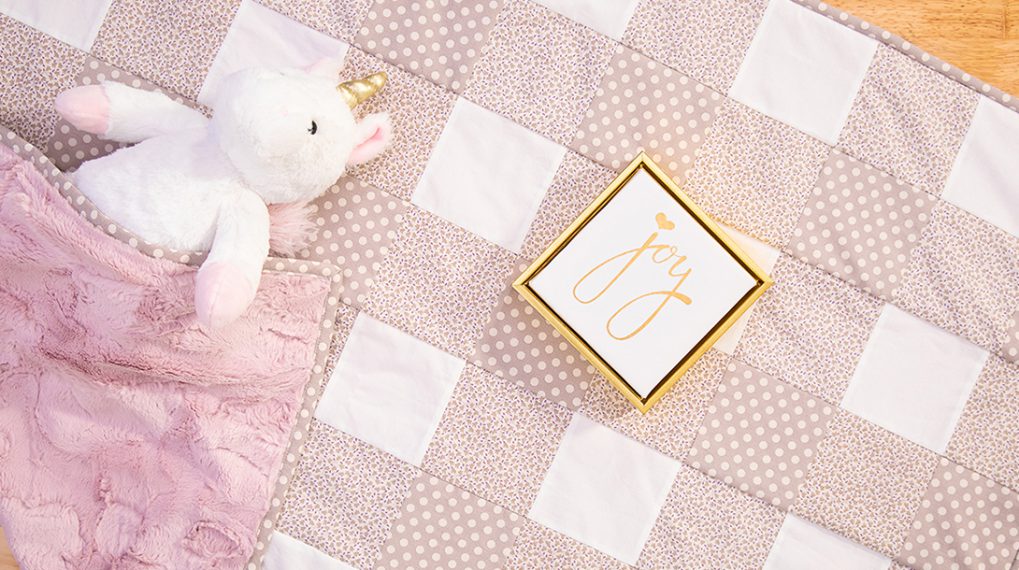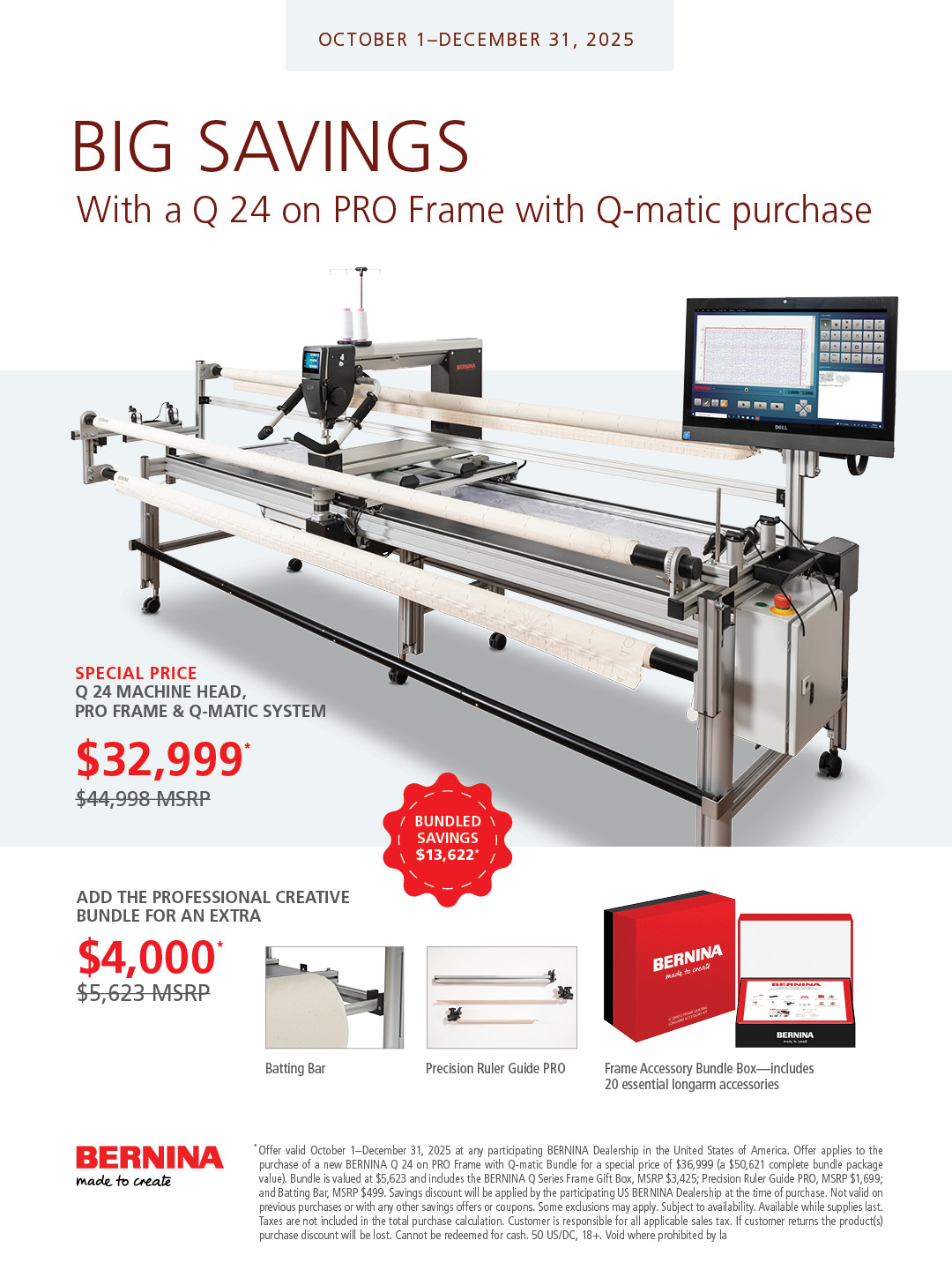Style Arc Como Knit Cardi, Part One
A cardigan is such a versatile garment that it’s no wonder it remains a wardrobe staple. They can be worn as a layering piece for added warmth or simply to add a pop of color. They’re great for transitioning from cool to warm weather and vice versa depending on the weight of the fabric. You can pair the cardigan with a dress and heels for dinner or the office, go for a casual look and pair it with jeans and a tee, or wear it with your workout leggings and top for an athleisure look.
Plus they’re easy to sew! In this sew along, I’ll show you how to sew a long knit cardigan using your sewing machine instead of a serger.
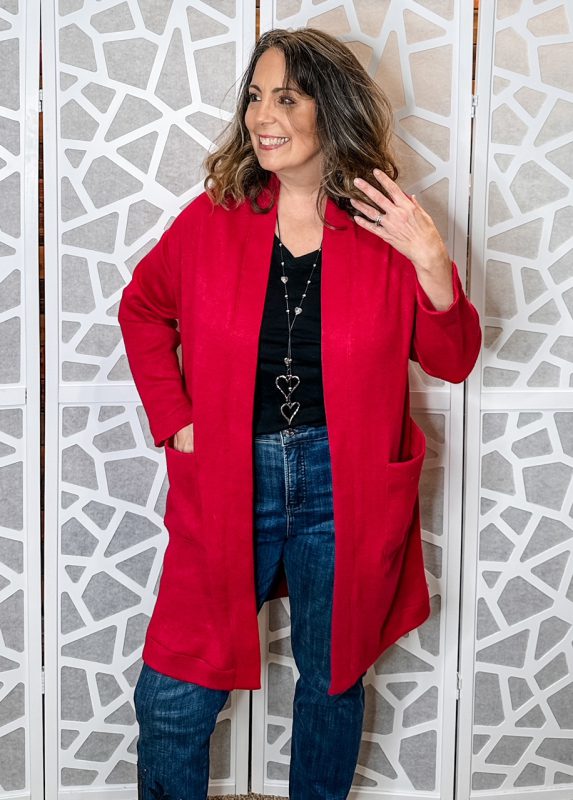 Hello everyone! It’s Sharon from Sharon Sews. You can connect with me on YouTube, Instagram and Facebook, where I share sewing tips, projects, reviews, and fashion sewing ideas.
Hello everyone! It’s Sharon from Sharon Sews. You can connect with me on YouTube, Instagram and Facebook, where I share sewing tips, projects, reviews, and fashion sewing ideas.
The Como Knit Cardi Pattern
While the shape of cardigans change somewhat from season to season, the Style Arc Como Knit Cardi is a classic thigh-length, open-front cardigan that you can wear for a long time. It has a cleverly designed all-in-one dropped shoulder line, a front band that hugs the neckline, and two large patch pockets. Note that I found the dropped shoulder to be more pronounced than shown in the pattern illustration.
If you want to use a different cardigan pattern, much of what is discussed in this sew-along will apply to other knit cardigan patterns also.
Como Knit Cardi Sizing
The Como Knit Cardi is available in sizes 4 (30-1/4” bust and 32-1/2” hip) to 30 (58-1/4” bust and 61” hip). The complete size chart for the cardigan is available on the Style Arc website, and also includes shoulder breath, upper arm girth and waist measurements. Because the company is based in Australia, measurements are provided in both cm and inches. The pattern can be purchased as either a downloadable PDF or print pattern.
To determine your size, measure the fullest part of your bust and hip using a standard tape measure wrapped evenly around your body. Because this cardigan has a column shape you will not need to use your waist measurement. If your bust and hip measurements fall in different sizes you can blend between sizes.
The pattern also includes finished garment measurements, which can be helpful in determining what size to sew as it allows you to choose a size based on the amount of ease you want, or how close or loose fitting you want your cardigan to fit. According to the Style Arc designer, this cardigan is designed with about 3″ of ease at the bust and less at the hip because it is a column shape that is meant to be worn open.
 If you have a hard time determining how much ease you like, hold a tape measure around your bust and/or hip at the finished garment measurement to get an idea of how the cardi will fit.
If you have a hard time determining how much ease you like, hold a tape measure around your bust and/or hip at the finished garment measurement to get an idea of how the cardi will fit.
What is Ease
Ease is the amount of room allowed in a garment for movement. There are two types of ease, wearing ease and design ease.
Wearing ease is the minimum amount of fabric you need to be able to move when wearing the garment. If you sewed a garment with zero ease you probably would not be able to move. Typically the minimum amount of ease is 1-1/2” to 2” at the bust line and 2” to 2-3/4” at the hip line.
Design ease is the amount of ease that is added to achieve a desired look. A garment that is designed to be semi-fitted would skim your body whereas one that is designed to be loose-fitting would hang away from your body. For example, a designer might add 6″ or 7” of positive ease for a loose-fitting garment. Negative ease is also design ease and is common in knit garments, such as t-shirts. Negative ease means the designer subtracted ease to get a close fit.
For the Como Knit Cardi, I suggest choosing your pattern size by your bust measurement, then look at the finished garment measurements to see how much room you will have in the bust and hip area. You can always sew a size or two smaller or larger than your measurements to get the look you want. Keep in mind that this cardigan does not have a closure and is meant to be worn open.
Choosing Fabrics to Sew the Como Knit Cardi
Suggested Fabrics
The suggested fabrics for the Como Knit Cardi are wool jersey, baby wool, and sweater knit. According to Style Arc, baby wool refers to a fine stretch wool such as merino wool or wool jersey. A stretch percentage recommendation is not provided by the pattern company, so just make sure whatever knit you choose does have some stretch. Hold the fabric you’ve chosen in place on one end, and see if you can stretch the fabric in the opposite direction. If it doesn’t stretch it won’t be appropriate for this cardigan.
Most online fabric retailers have a knit section on their website where you can find a variety of knits suitable for sewing a cardigan, including sweater knits, which is the knit used to sew the cardigan in this post. Use the term “sweater knit” on the websites to narrow down the knits even further. A sweater knit works well in this pattern as there are minimal seams.
There are a wide variety of sweater knits available in many weights, colors and patterns. A lightweight sweater knit will have more movement and drape, whereas a heavier sweater knit will have more structure.
Fiber Content
The fiber content of the knit can also affect the fit and drape. Fiber content for knits can vary from natural to synthetic fibers or a blend of each. Natural fibers include wool, cotton, silk, linen and rayon. Synthetic fibers include polyester, nylon and acrylic. When choosing fabric, keep in mind how you want to care for the cardigan after it is sewn. I wash all of my cardigans at home and avoid fabrics I have to dry-clean.
The purple cardigan shown below is a medium weight acrylic/polyester blend sweater knit while the red cardigan is a rayon/polyester/nylon blend doubleknit.
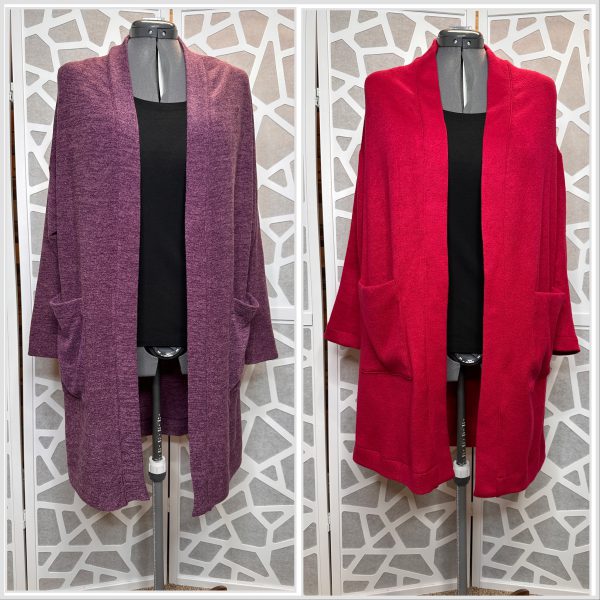
Of course, if you have a fabric store near you where you can shop in person you’ll be able to feel the difference in the knit fabrics making it easier to make a selection. In addition, most online retailers offer swatches for a small fee.
Pretreat the Fabric
After you’ve selected the knit for your cardigan, pretreat your fabric by washing and drying it as you would once the garment is completed. Many of the knit garments I wash on a delicate cycle in a washing machine with cool water and either hang to dry or dry flat depending on the design and fabric.
Stitch and Seam Finish Options
When sewing knit garments you want a seam that stretches, otherwise your seam may pop with the movement of your body.
On your sewing machine, use a narrow zigzag stitch, 1.5 to 3.5 length and 0.5 to 1.25 width. The best stitch will depend on your fabric. Be sure to test the settings on a scrap piece of fabric before you begin sewing your garment.
Instead of a zigzag stitch, you can use a built-in stretch stitch, which is stitch #11 on my BERNINA 770 QE PLUS. The stitch looks like a small lightning bolt and provides a lot of stretch, but keep in mind it can be difficult to remove if needed.
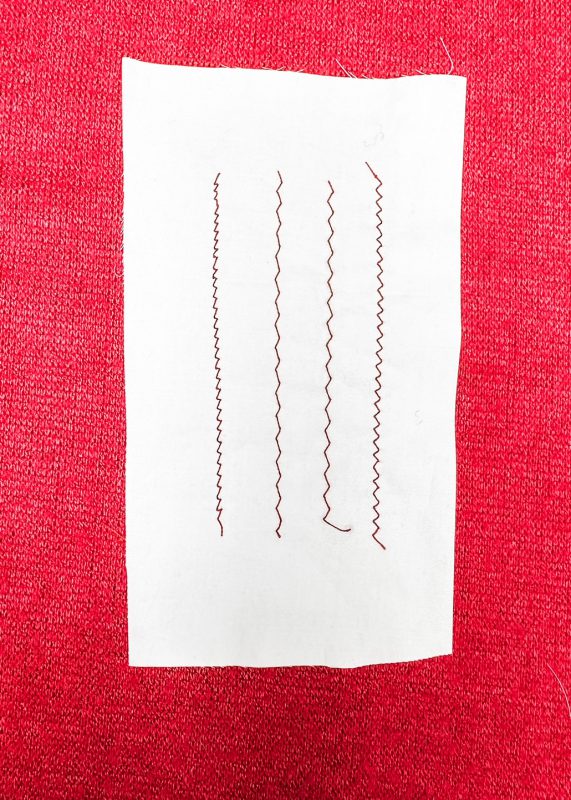
Another option is to use Mettler Seraflex Elastic Thread which allows you to stitch seams that stretch using a straight stitch on your sewing machine.
You may also need to adjust the tension of your chosen stitch. All of these variables are dependent on the knit you’re using.
If you have the Creative Consultant on your machine, this is a great feature to help assist you in determining what stitch, tension, and pressure foot to use. The button is the one with the dress form icon. From there you choose the fabric type you’re using to sew the cardigan to see the recommendations.
Seam Finish Options
While many knits do not ravel, most sweater knits do, so you’ll want to finish the seams. You can finish them with a serged edge if you have a serger, but remember, we’re only using a sewing machine for this project. On your sewing machine, you can use a zigzag or an overlock stitch. If using an overlock stitch, the Overlock Foot #2 or the Bulky Overlock Foot #12C will help guide the fabric edges easily as you finish the seams.
Supplies Needed to Sew the Como Knit Cardi
- Sewing machine – I used my BERNINA 770 QE PLUS
- Como Knit Cardi Pattern
- Sweater knit fabric – 2 to 3 yards (58″ wide) depending on size sewn
- Coordinating thread
- 1/4″ Lite Steam-a-Seam
- Lightweight fusible interfacing (optional for pockets)
- Ballpoint or stretch needle to match the weight of your knit fabric
- Pins
- Fabric scissors
- Removable marking tool, such as chalk
- Hand sewing needle and silk thread (optional for tailor’s tacks)
- Tracing paper and pen (optional for tracing pattern)
- Tape measure
Prepare the Como Knit Cardi Pattern Pieces
The cardigan has six pattern pieces: piece 1 – sleeve, piece 2 – back, piece 3 – front, piece 4 – front band, piece 5 – back neck band, and piece 6 – pocket.
Cut out the pattern pieces in your size, or trace the pattern pieces. I like to trace my pattern pieces, especially if I blend between sizes or plan on sewing the same garment in different sizes. If you do trace your pattern pieces, be sure to transfer all of the markings, including grainlines, notches and any other notations on the pattern. For this pattern be sure to include the A, B, C, and D marks as well the notes about where the sleeve front and back match the body of the cardigan.
You do not need to add a seam allowance, as the 3/8″ seam allowance is already included on the pattern pieces.
That’s all for this post! In part two we’ll cut out the fabric pieces and start sewing the Como Knit Cardi. If you have any questions about what was discussed in this post, feel free to post a comment.

